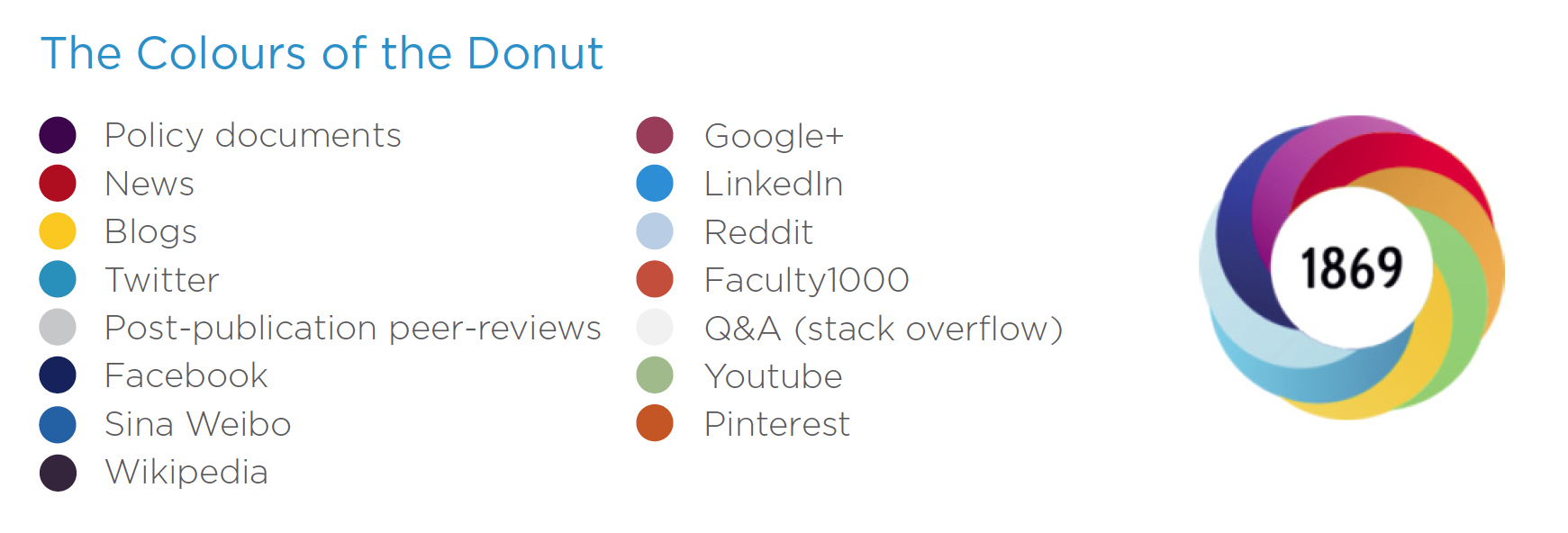Send us a link
SciCombinator
Discover the most talked about and the latest scientific content, sorted by Altmetric scores and topics.
The question of data integrity in Article-Level Metrics
As interest in and use of article-level metrics grows, it is critical to ensure secure and reliable data that is trustworthy and can be used by all.
No substitute for good research management
You can’t measure human skills the way you do engineering systems, Robert Dingwall and Mary Byrne McDonnell observe.
Citations? Great. But have you got the 't factor'?
Proposed Twitter-based altmetric would treat retweets like citations.
Too much of a good thing? An observational study of prolific authors
Institutions and funders should be alert to unfeasibly prolific authors when measuring and creating incentives for researcher productivity.
How many scientists does it take to write a paper?
Modern science is becoming larger-scale and more collaborative.
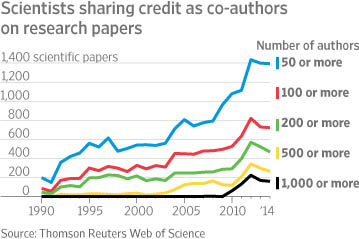
Do Nobel Laureates create prize-winning networks?
Laureates produce fewer papers but with higher average citations, more sole-authored papers both before and after winning the Prize, and have a lower number of coauthors across their entire careers than the matched group.
New Scopus article metrics
The new Scopus Article Metrics module includes new metrics based on four alternative metrics categories.
Science, values and the limits of measurement
Metrics play a growing role in managing research. But to understand their limitations, we need to draw on the humanities.
Harnessing multidimensional indicators of scholarly impact
Citations, while useful, miss many important kinds of impacts, and that the increasing scholarly use of online tools like Mendeley, Twitter, and blogs may allow us to measure hidden impacts.
A numbers game
Institutions must be plain about research metrics if academics are to engage with them.
The academy's super troupers
1 in 10 of Europe's academics apparently produce nearly half of its research output.
A host of reasons why funders should be investing in ORCID
Why is the Wellcome Trust mandating the use of ORCID?
2014 Journal Impact Factors
This year, 272 journals will receive their first Impact Factor. The JCR will also suppress 39 titles –29 for high rates of self-citation and 10 for “citation stacking”.
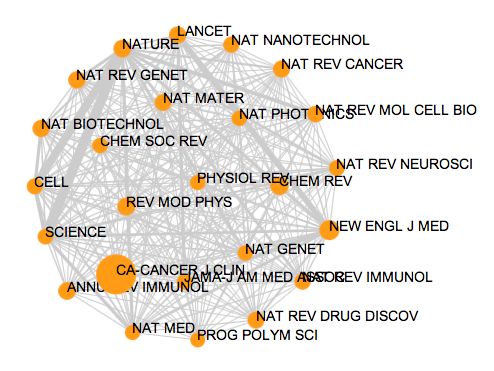
Dora the brave
The DORA Declaration points out that using the Journal Impact Factor as a proxy measure for the value or quality of specific research and individual scientists leads to biased research assessment. How can we resist misusing metrics?
Defining and identifying Sleeping Beauties in science
Scientific papers typically have a finite lifetime. Previous studies pointed out the existence of a few blatant exceptions: papers whose relevance has not been recognized for decades, but then suddenly become highly influential and cited. This study investigates how common Sleeping Beauties are in science.
Long lists are eroding the value of being a scientific author
Enough with the long author lists - we are running out of space.

A critical view of altmetrics
Altmetrics is one of the hotly debated topics in the Open Science movement today.
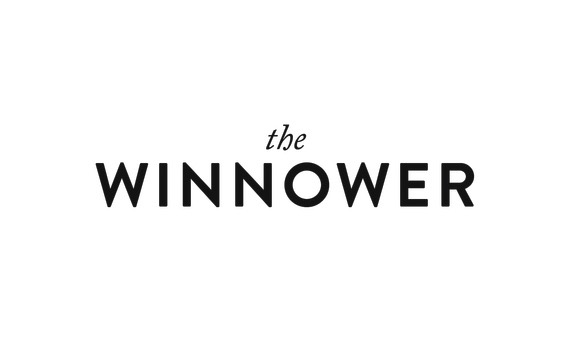
The trouble with reference rot
Computer scientists are trying to shore up broken links in the scholarly literature.
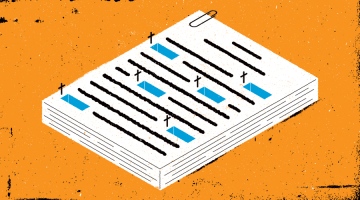
Why are Authors Citing Older Papers?
With so much new literature published each year, why are authors increasingly citing older papers?

The Leiden Manifesto for research metrics
Use these ten principles to guide research evaluation, urge Diana Hicks, Paul Wouters and colleagues.
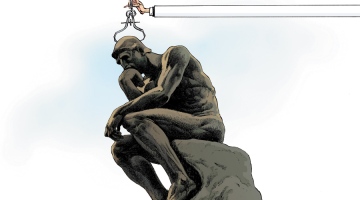
Prof, no one is reading you
An average academic journal article is read in its entirety by about 10 people. To shape policy, professors should start penning commentaries in popular media.
The effect of document properties and collaboration patterns
This paper analyses the main patterns of five social media metrics as a function of document characteristics (i.e., discipline, document type, title length, number of pages and references) and collaborative practices and compares them to patterns known for citations.
Three Case Studies
This paper presents three case studies describing the use of altmetrics across three research-intensive higher education institutions in the UK and USA.

From Attention to Citation, What and How Does [kI9vhqGCQ8uznDo2yTnm_51c436c5e660e2acf449f72f5ec4b4d0_400x400.png]
From Attention to Citation, What and How Does [kI9vhqGCQ8uznDo2yTnm_51c436c5e660e2acf449f72f5ec4b4d0_400x400.png]
[24]Altmetrics Work?
Altmetric partners with Paperity in measuring social impact of papers
The cooperation will expose to Altmetric the metadata of all the Paperity articles for proper identification. In return, Altmetric will track social mentions of these articles and measure online attention they receive, with calculation of Altmetric score.
Persistent Citation of a Paper Six Years after Its Retraction
Scientific articles are retracted infrequently, yet have the potential to influence the scientific literature for years. The objective of this research was to determine the frequency and nature of citations of this retracted paper.

